ficus burgundy (rubber plant) leaf spots & drop
greentoe357
10 years ago
Featured Answer
Comments (34)
greentoe357
10 years agogreentoe357
10 years agoRelated Professionals
Havre de Grace Landscape Architects & Landscape Designers · Addison Landscape Contractors · Ashburn Landscape Contractors · Brunswick Landscape Contractors · Dixon Landscape Contractors · Hannibal Landscape Contractors · Metairie Landscape Contractors · Midland Landscape Contractors · New Cassel Landscape Contractors · North Canton Landscape Contractors · Oak Harbor Landscape Contractors · Ridgewood Landscape Contractors · San Pablo Landscape Contractors · Birmingham Interior Designers & Decorators · Wolf Trap Handymanpetrushka (7b)
10 years agogreentoe357
10 years agogreentoe357
10 years agopetrushka (7b)
10 years agogreentoe357
10 years agogreentoe357
10 years agogreentoe357
10 years agogreentoe357
10 years agogreentoe357
10 years agogreentoe357
10 years agoTiffany, purpleinopp Z8b Opp, AL
10 years agopetrushka (7b)
10 years agogreentoe357
10 years agogreentoe357
10 years agocherise2000
9 years agotapla (mid-Michigan, USDA z5b-6a)
9 years agokyojwa
8 years agoMentha (East TN, Zone 6B-7A)
8 years agolast modified: 8 years agotapla (mid-Michigan, USDA z5b-6a)
8 years agokyojwa
8 years agoMentha (East TN, Zone 6B-7A)
8 years agolast modified: 8 years agokyojwa
8 years agoMentha (East TN, Zone 6B-7A)
8 years agotapla (mid-Michigan, USDA z5b-6a)
8 years agolast modified: 8 years agoMarquesha Sims
7 years agoDave
7 years agoMarquesha Sims
7 years agoDave
7 years agoBea Samson
5 years agoBea Samson
5 years agoElisa Quinzi
5 years ago
Related Stories
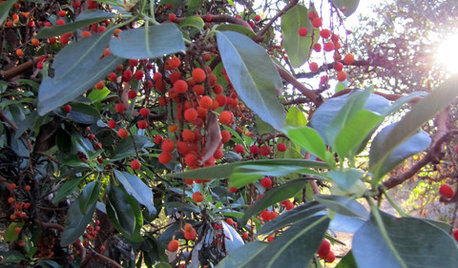
GARDENING GUIDESGreat Design Plant: Arbutus Menziesii
This drought-tolerant West Coast native tree thrives with minimal water in difficult garden spots
Full Story
HOUSEPLANTS8 Essentials for Healthy Indoor Plants
Houseplants add so much to our homes — and can thrive when grown in the right conditions. Keep these tips in mind
Full Story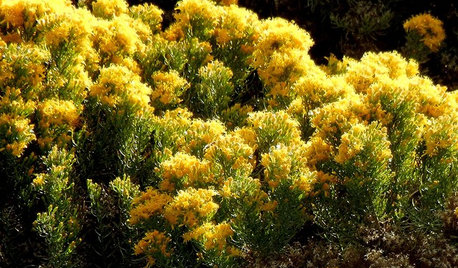
GARDENING GUIDESGreat Design Plant: Ericameria Laricifolia
Golden yellow flowers of turpentine bush herald the arrival of fall in the Southwest and transform the dark green foliage
Full Story
HOUSEPLANTS10 Top Plants to Grow Indoors
Brighten a room and clean the air with a houseplant that cascades artfully, stretches toward the ceiling or looks great on a wall
Full Story
GARDENING GUIDESGot Frost-Damaged Plants? How It Happens, and When and How to Prune
Crispy brown leaves are a sure sign that Jack Frost has been to your neighborhood
Full Story
HOUSEPLANTSPlay Up Some Fiddleleaf Figs for a Lively Indoor Tune
Strike a dramatic chord in a minimalist scene or a country note in a rustic setting — fiddleleaf fig plants harmonize with any style
Full Story
CONTAINER GARDENSHappy Houseplants, Happy People
Potted plants add life and beauty to a room. Learn easy ways to keep them healthy
Full Story
DECORATING GUIDES10 Ways to Spice Up Your Dining Room
Get this gathering spot ready for guests with a few ambience-enhancing tweaks
Full Story
GARDENING GUIDESNew Ways to Think About All That Mulch in the Garden
Before you go making a mountain out of a mulch hill, learn the facts about what your plants and soil really want
Full Story
FALL GARDENINGHouzz Call: Show Us Your Fall Color!
Post pictures of your fall landscape — plants, leaves, wildlife — in the Comments section. Your photo could appear in an upcoming article
Full StoryMore Discussions






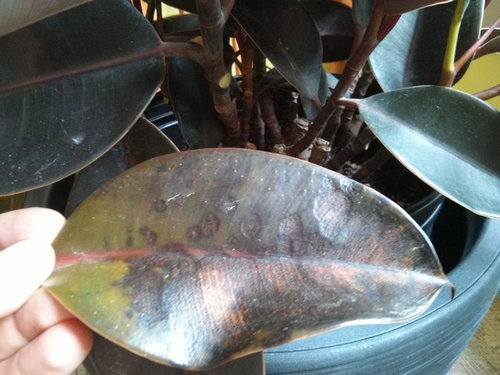
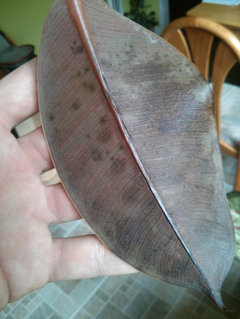
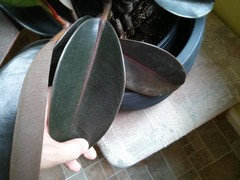

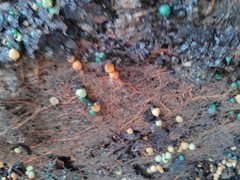
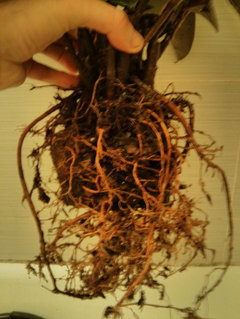

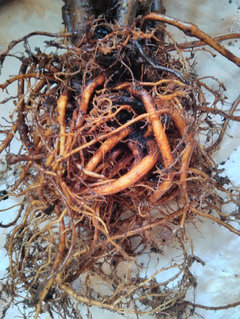
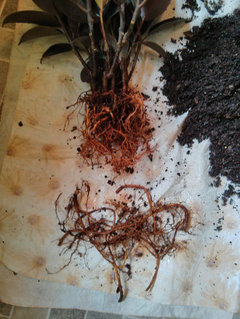


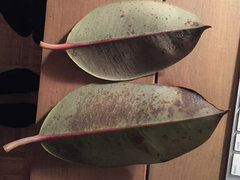
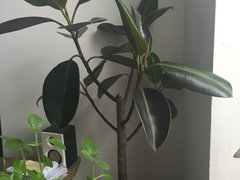
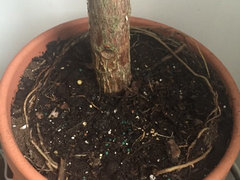
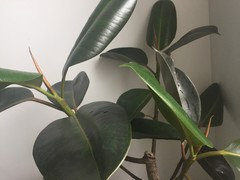

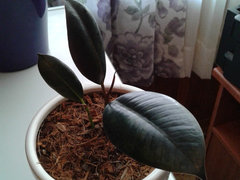
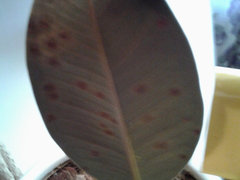
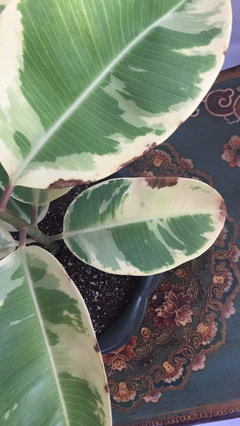
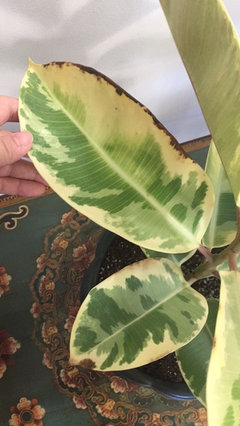
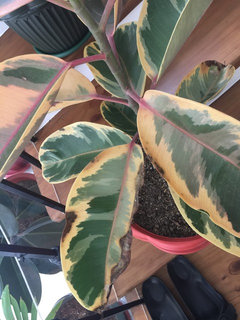
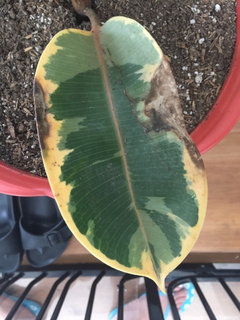
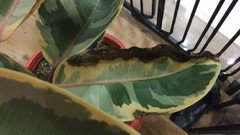




tapla (mid-Michigan, USDA z5b-6a)